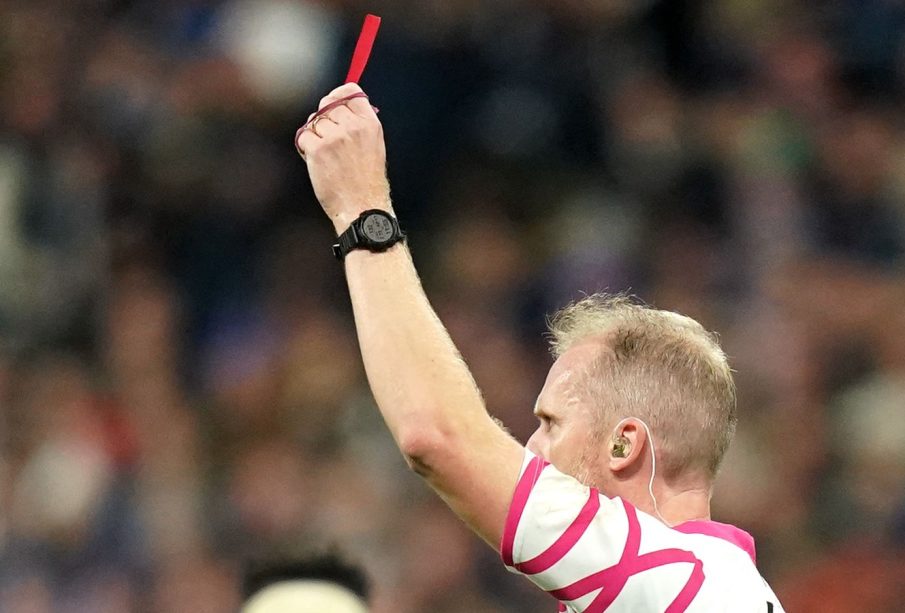Understanding the Red Card in Rugby: Rules and Implications

The Significance of the Red Card in Rugby
The red card is a crucial aspect of rugby union and rugby league, serving as a strong disciplinary measure to maintain the sport’s integrity and player safety. Issued for serious foul play or violent conduct, a red card results in the immediate expulsion of a player from the match, leaving their team to continue with one less player. Given rugby’s physical nature, the significance of the red card cannot be understated, as it serves as a deterrent against dangerous behaviours on the pitch.
When is a Red Card Issued?
A referee has the discretion to issue a red card for various infractions. Common reasons include:
- Dangerous tackles: Tackling an opponent above the line of the shoulders can pose significant risk and may result in a red card.
- Foul play: Any action deemed excessively aggressive or dangerous can lead to a player’s dismissal.
- Violent conduct: This includes actions like striking or kicking opponents, even if the ball is in play.
The rules also ensure that a player receiving a red card cannot be replaced, which puts their team at a disadvantage for the remainder of the match, often impacting the overall outcome.
Recent Events Highlighting Red Card Usage
Recently, the use of red cards has been a topic of intense discussion and analysis among fans, players, and pundits alike. For instance, during the 2023 Rugby World Cup, several players were controversially sent off, sparking debates about the interpretation of rules. Incidents involving high tackles and instances of foul play have led to calls for stricter enforcement, as well as a movement towards player education regarding safe techniques.
One notable incident included a match in the quarter-finals where a star player received a red card for a high tackle, influencing the outcome and leading to widespread commentary on the importance of player safety in rugby.
The Future of Red Card Enforcement
Looking ahead, rugby governing bodies are emphasising the need for consistency in issuing red cards to uphold justice within the game. With calls for enhanced video technology to aid referees and improve decision-making, the sport is adjusting to demonstrate commitment towards both fairness and player health.
Conclusion
In conclusion, the red card remains a fundamental element of rugby that highlights the sport’s dedication to fair play and player safety. As the discourse around its use continues to evolve, it signifies the ongoing commitment to ensuring rugby is played at its best—safely and competitively. For fans and players alike, understanding the implications of a red card is vital to comprehending the evolving landscape of rugby today.








